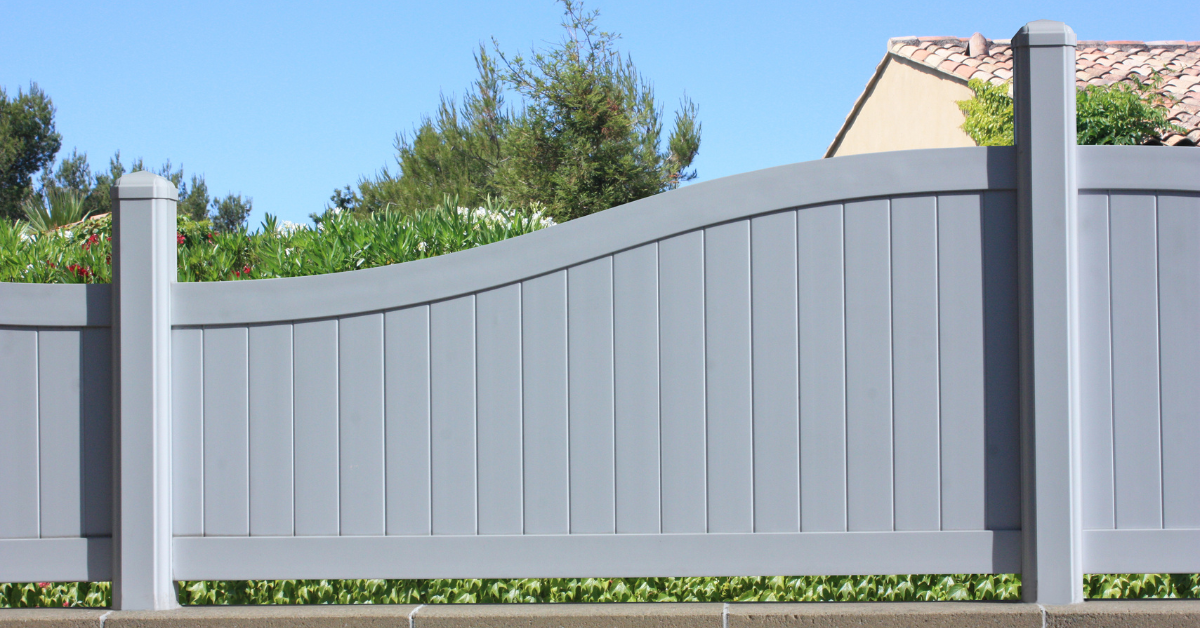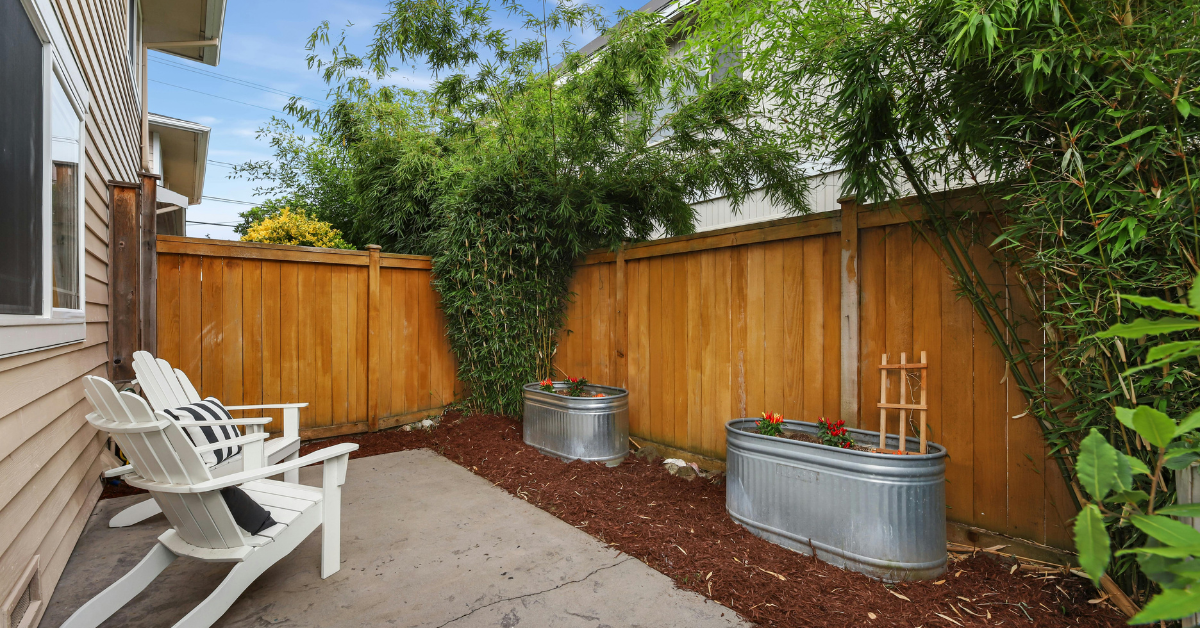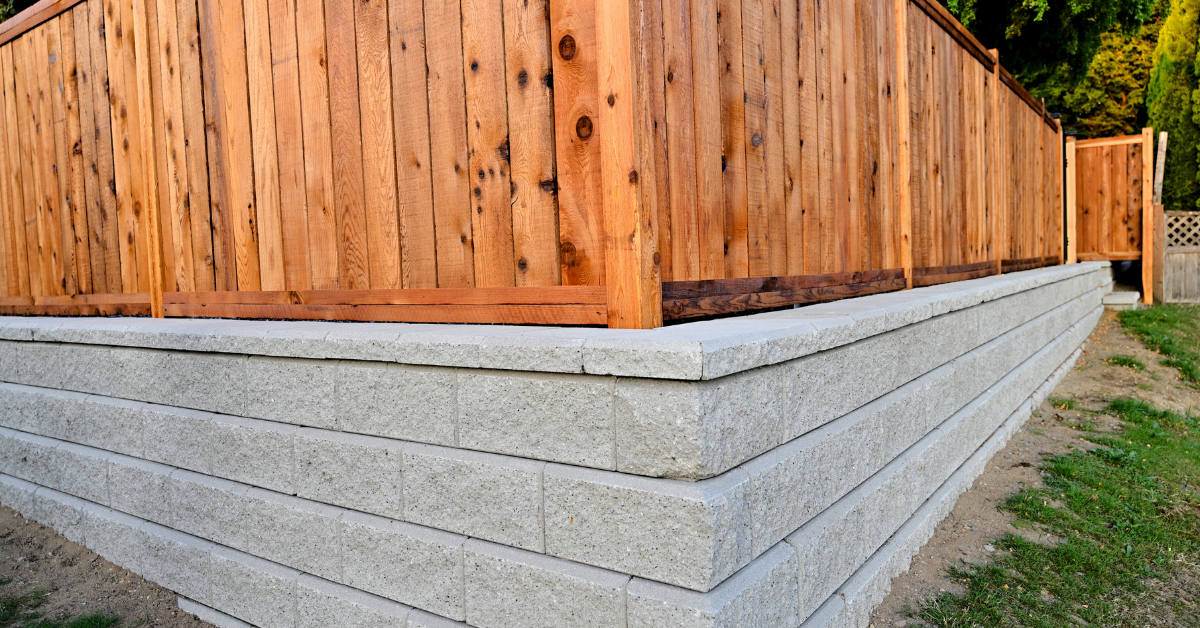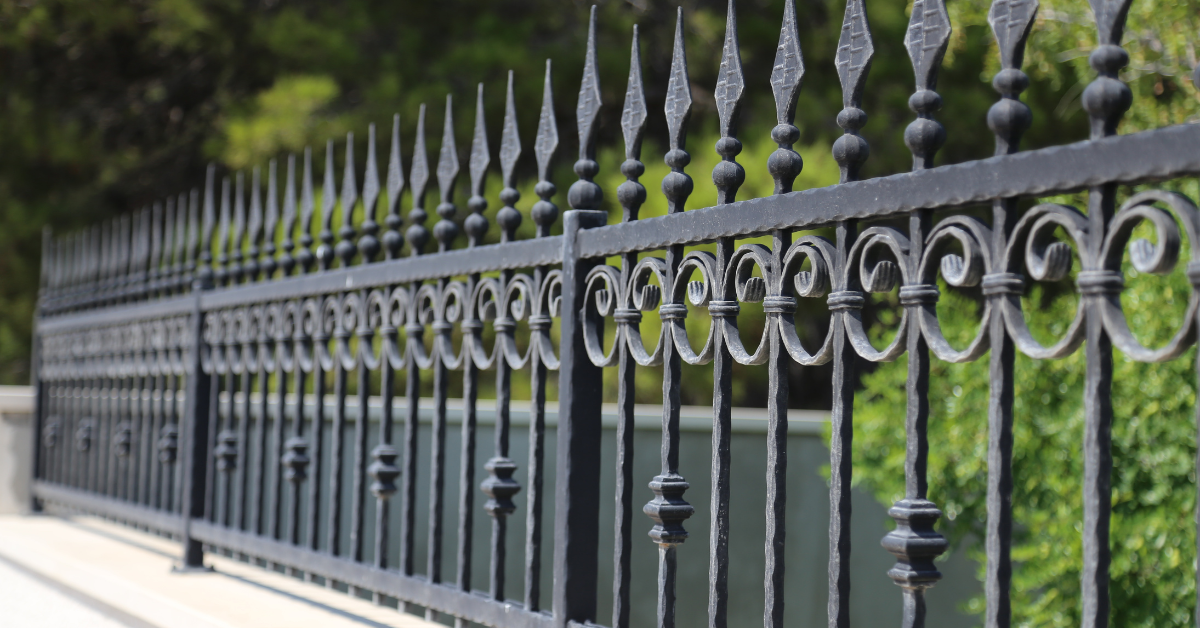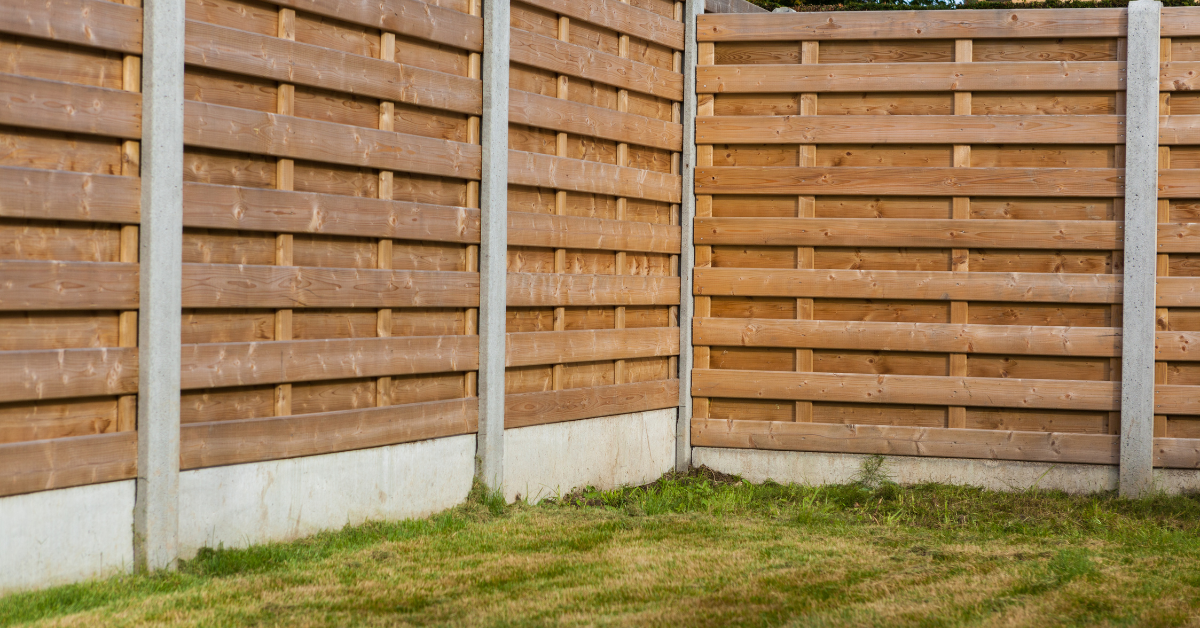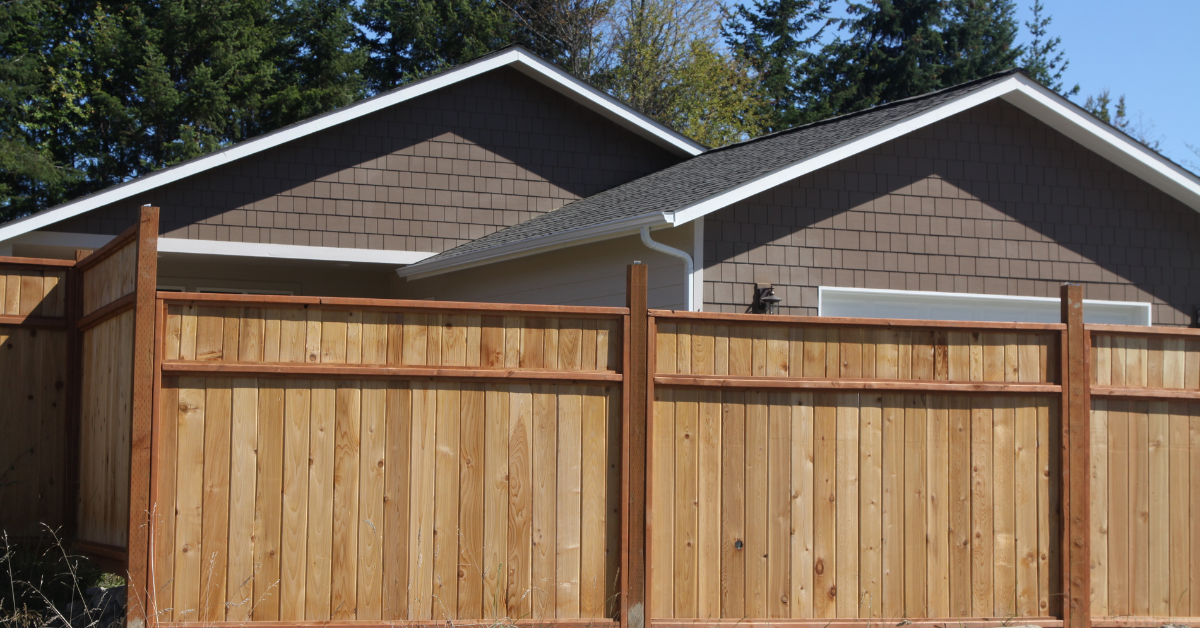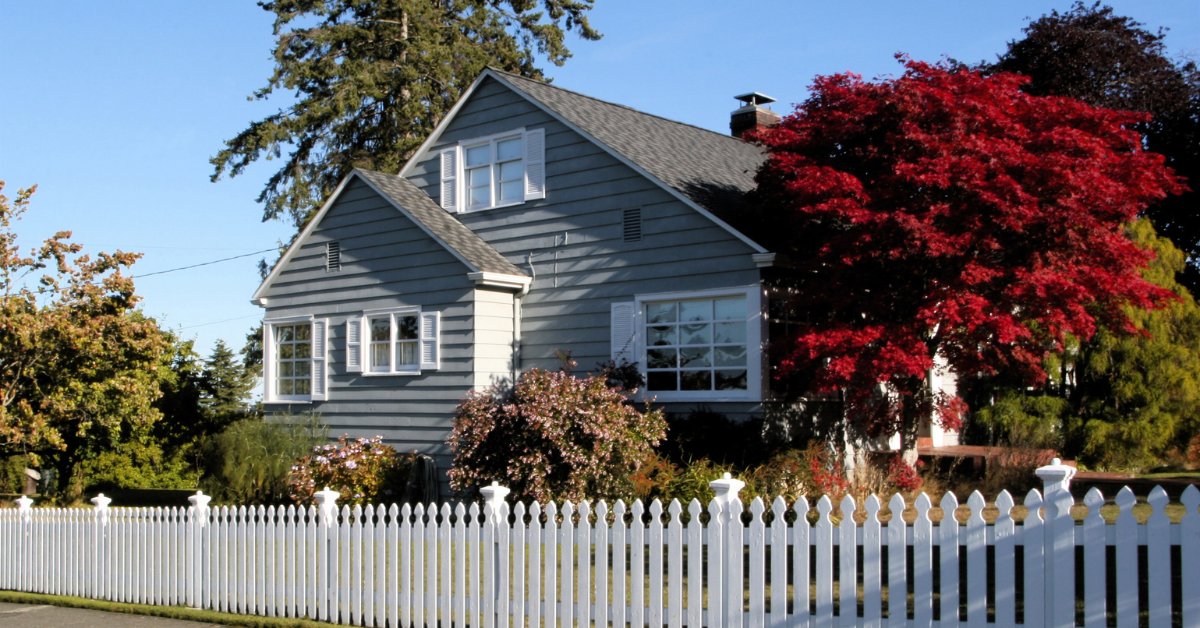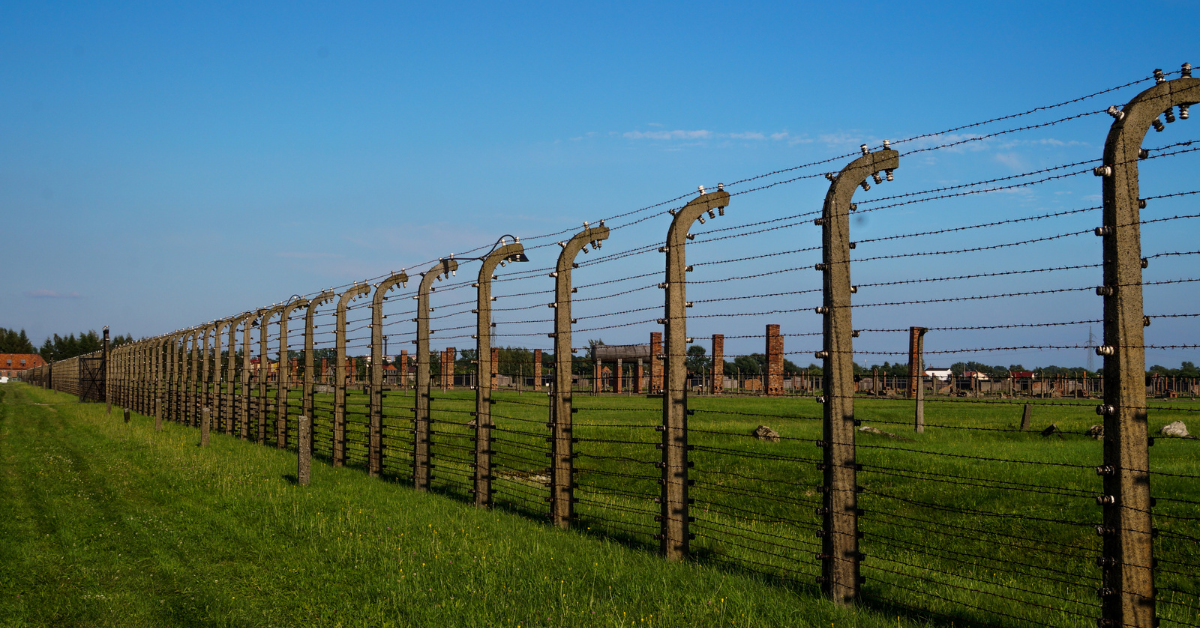How To Prepare Your Yard For A New Fence Contractor Service
Planning to install a new fence? Before your fence contractor arrives, a little preparation can go a long way in saving time, avoiding delays, and ensuring a smooth installation process. Whether you're aiming to boost privacy, enhance curb appeal, or define property boundaries, taking the time to get your yard ready helps the crew work efficiently without running into preventable issues.
From removing obstructions to marking property lines and identifying underground utilities, each step plays a crucial role. Proper yard preparation also helps protect your landscaping and reduces the risk of surprises mid-project. In this blog, we’ll walk you through the essential steps to make sure your property is fully prepped and fence-ready.
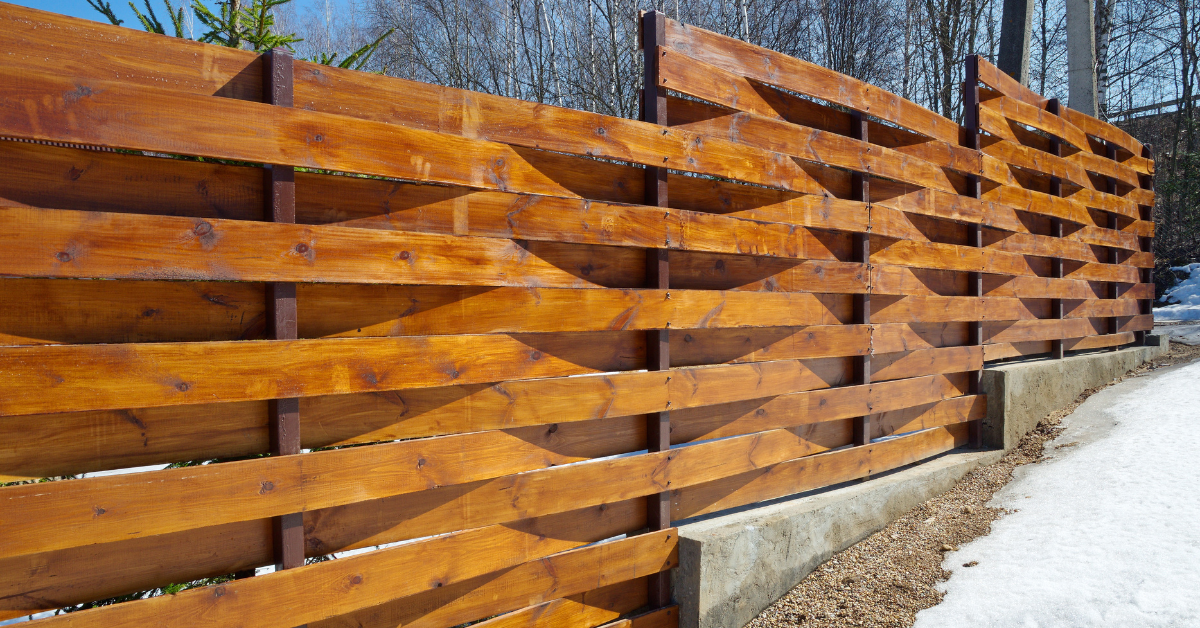
Clear the Fence Line Before Installation
Clearing the fence line is one of the first and most crucial steps in preparing your yard for a new fence installation. Overgrown grass, shrubs, low-hanging branches, and old fencing materials can slow down the work and create safety hazards for your contractor. Make sure to remove any obstacles within a few feet of the proposed fence line. This includes lawn furniture, garden décor, and anything else that might block access to the area. Doing so will give the fence crew plenty of space to work and prevent delays.
In addition to clearing the ground, consider trimming nearby trees or bushes that may get in the way of installation. If left untrimmed, these can make it harder for workers to use tools or place posts correctly. A clean and open worksite helps the contractor move quickly and efficiently, ensuring that your new fence is installed straight and strong.
Mark Property Lines to Avoid Disputes
Before any fencing work begins, it’s essential to know exactly where your property lines are. Installing a fence even slightly outside your boundary can lead to costly disputes with neighbors or the need to tear down and redo the work. Contact your local municipality or check your property’s deed or plat map for official boundary lines. You may also want to hire a professional surveyor for precise measurements if the lines aren’t clearly marked.
Once you've confirmed your property lines, use stakes or string to mark them visibly for your contractor. This not only helps the crew stay within the correct limits but also prevents confusion during the installation process.
Remove Outdoor Furniture and Decorations
A clutter-free yard is essential to help your fence contractor work as efficiently and safely as possible. Items like patio furniture, potted plants, garden statues, grills, or children’s toys should be moved away from the fence line and installation area. These items, while small, can become major obstructions for tools, equipment, and workers navigating the site. They not only slow down the process but also increase the risk of damage or injury.
By relocating your outdoor items to a designated safe zone, you protect your belongings and create a smoother workflow for the fence installation team. A clean, open area allows workers to move freely and focus on the job at hand, without needing to dodge unexpected obstacles. It’s a simple step that’s often forgotten but makes a noticeable difference.
Mow the Lawn and Trim Landscaping
Maintaining your lawn before a fence installation isn’t just about aesthetics—it’s about helping the crew clearly see the ground they’re working with. Long grass, thick weeds, and neglected landscaping can hide dips, rocks, tree roots, and other surface issues that might impact the fence's alignment or structure. Mowing your lawn gives the team a better view of the terrain and allows them to plan the post placement and layout more precisely.
In addition to mowing, trimming overgrown shrubs, hedges, or low-hanging branches near the fence line is equally important. These can get in the way of digging or post-setting and may require removal before installation continues. Keeping the landscape tidy ensures smoother progress, protects your greenery from accidental damage, and gives your newly installed fence a cleaner, finished appearance.
Identify Underground Utilities Before Digging
Knowing what lies beneath your yard is one of the most critical steps when preparing for a fence installation. Digging into hidden utility lines can cause serious safety hazards, lead to expensive repairs, or result in legal issues. To avoid these problems, contact your local utility marking service—often available for free—to identify and mark the locations of underground cables, water pipes, gas lines, and other infrastructure before your contractor begins work.
Once marked, these colored indicators help your contractor steer clear of danger zones while digging post holes or setting the fence base. It also prevents delays caused by accidental damage or the need to halt the project for emergency repairs. Taking this step ensures the safety of the workers, your property, and nearby neighbors.
Ensure Easy Access for Equipment and Crew
Your fence contractor will likely need to transport large panels, heavy posts, and digging tools to various points around your yard. Ensuring they can access your space easily is essential for keeping the job moving efficiently. Check your property for narrow gates, blocked side entrances, or areas cluttered with bins, bikes, or overgrown shrubs. Clearing these obstacles in advance allows the team to carry materials safely and without delay.
Additionally, plan for where the crew might park and unload equipment. If your driveway or yard is difficult to navigate, discuss alternate routes or temporary access points with your contractor ahead of time. Simple steps like unlocking side gates or clearing a path from the street to the work area help avoid frustrating delays. Making the site accessible shows that you're organized and prepared—and it helps the professionals do their best work without unnecessary setbacks.
Communicate Your Goals and Preferences Clearly
Open communication with your fence contractor is one of the most effective ways to ensure your project goes smoothly. Don’t assume your contractor knows your exact vision—make sure to share your expectations in detail. Let them know what style, materials, and fence height you’re aiming for, and point out any obstacles or property features they should consider. Clarifying these details early allows the crew to plan properly and avoid costly misunderstandings later.
Also, don’t hesitate to voice concerns or ask questions. A good contractor will appreciate your involvement and provide recommendations based on experience. This mutual understanding lays the foundation for a smooth project timeline, quality craftsmanship, and a finished fence you’ll love. Whether it's a specific gate location or a unique design preference, communication ensures your ideas are brought to life accurately and professionally.
Plan for Pet and Child Safety During Installation
Fence installation zones are active construction sites, which can pose risks for pets and children. The noise, tools, open holes, and unfamiliar workers can lead to confusion or accidents if pets or little ones roam unsupervised. Before installation day, make arrangements to keep pets inside or confined to a secure part of the yard far from the work area. Consider crate training, pet daycare, or using indoor rooms temporarily to keep them safe.
For children, it’s important to set boundaries and explain the hazards. Make sure they know not to enter the construction zone and assign supervision if necessary. Setting up temporary fencing or visual markers can help define safe zones. Keeping your loved ones protected ensures peace of mind during the project and allows the contractors to focus without distractions.
Conclusion
Preparing your yard before a fence contractor arrives is more than just a courtesy—it’s a smart way to ensure your project runs faster, safer, and more efficiently. By taking the time to clear the work area, confirm property lines, locate underground utilities, and provide easy access for the crew, you help eliminate common obstacles that can delay the process. Every bit of preparation supports a smoother installation and a better end result.
If you're planning a fencing project, Solanos Fence is ready to guide you every step of the way. Our team brings professionalism, precision, and care to every job. Call us at +1 (973) 220-7638 or visit us at 1275 Bloomfield Ave, Building 3, Suite 51, Fairfield, NJ 07004. Let’s get your yard fence-ready with expert service tailored to your needs.
Ready to work with Solanos Fence?
Let's connect! We’re here to help.
Send us a message and we’ll be in touch.
Or give us a call today at 973-220-7638

